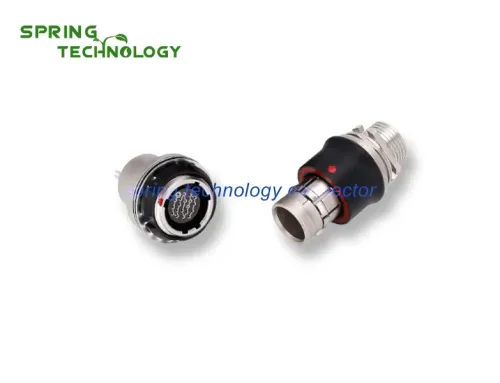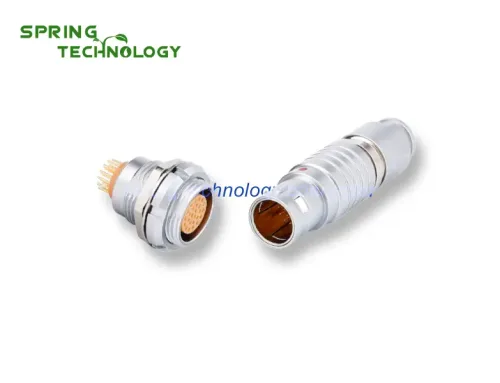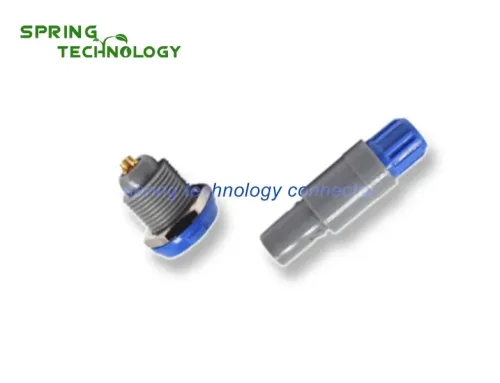Force line particulars
When preparing tackles, different force ropes are frequently created by client needs, including DC ropes, Dtap ropes, and force connector strings. It tends to be seen that the interest for such tackles in the market is still generally huge.
The electrical cable is a wire that transmits flow. Normally, the current transmission strategy is highlight point transmission. Force ropes can be separated into AC power ropes and DC power lines as per the reason. Typically AC power lines are wires that pass higher voltage substituting current. Such wires require a brought together standard to acquire wellbeing affirmation due to the high voltage before they can be formally delivered. The DC line fundamentally passes direct current with a lower voltage, so the security prerequisites are not as exacting as the AC line. In any case, for wellbeing reasons, all nations despite everything require bound together security accreditation.
Execution list of curved pair in power rope
For contorted pair, clients are generally worried about a few pointers that describe its exhibition. These pointers incorporate weakening, close end crosstalk, impedance qualities, appropriated capacitance, and DC opposition.
(1) Attenuation
Constriction is a proportion of sign misfortune along the connection. The lessening is identified with the length of the link. As the length builds, the sign weakening likewise increments. The unit of weakening is “db”, which speaks to the proportion of the sign quality at the source to the collector. Since constriction changes with recurrence, the weakening at all frequencies inside the application range ought to be estimated.
(2) Near-end crosstalk
Crosstalk is separated into close end crosstalk and far-end crosstalk (FEXT). The analyzer for the most part quantifies NEXT. Because of the line misfortune, the impact of the FEXT esteem is little. Close end crosstalk (NEXT) misfortune is the estimation of sign coupling starting with one sets of wires then onto the next in an UTP interface. For UTP joins, NEXT is a key presentation marker and the most hard to precisely quantify. As the sign recurrence expands, the estimation trouble will increment. NEXT doesn’t show the crosstalk esteem produced at the close to endpoint, it just demonstrates the crosstalk esteem estimated at the close to endpoint. This worth will fluctuate with the length of the link, the more drawn out the link, the littler the worth becomes. Simultaneously, the sign at the sending end will likewise be weakened, and the crosstalk to different sets will be moderately little. Trials show that just NEXT estimated inside 40 meters is all the more genuine. On the off chance that the opposite end is a data attachment farther than 40 meters, it will deliver a specific level of crosstalk, however the analyzer will most likely be unable to quantify this crosstalk esteem. Along these lines, it is ideal to perform NEXT estimations at the two endpoints. The current analyzers are furnished with comparing hardware, so the NEXT incentive at the two finishes can be estimated toward one side of the connection.
(3) DC obstruction
TSB67 doesn’t have this boundary. The DC circle obstruction devours some portion of the sign and changes over it into heat. It alludes to the total of the obstruction of a couple of wires,
The DC opposition of the wound pair of 11801 particulars will not be more noteworthy than 19.2 ohms. The distinction between each pair ought not be excessively huge (under 0.1 ohm), else it demonstrates helpless contact and the association point must be checked.
(4) Characteristic impedance
Not quite the same as the circle DC obstruction, the trademark impedance incorporates opposition and inductance impedance and capacitance impedance with a recurrence of 1-100MHz, which is identified with the separation between a couple of wires and the electrical exhibition of the encasing.
Different links have diverse trademark impedances, while contorted pair links have 100 ohms, 120 ohms and 150 ohms.
(5) Attenuated crosstalk proportion (ACR)
In some recurrence goes, the corresponding connection among crosstalk and weakening is another significant boundary that reflects link execution. ACR is once in a while communicated in signal-to-commotion proportion (SNR: Signal-Noice proportion),
It is determined from the distinction between the most exceedingly terrible constriction and the NEXT worth. ACR esteem is bigger, which implies that the capacity to oppose impedance is more grounded. General framework prerequisites are in any event more noteworthy than 10 decibels.
(6) Cable qualities
The nature of the correspondence station is depicted by its link qualities. SNR is a proportion of information signal quality considering obstruction signals. On the off chance that the SNR is excessively low,
At the point when the information signal is gotten, the beneficiary can’t recognize the information signal and the commotion signal, which in the end causes information blunders. Along these lines, so as to restrict information mistakes to a specific range,
A base adequate SNR must be characterized.
Ordinarily utilized wire details for home improvement are: 1, 1.5, 2.5, 4, 6, 10, 16, 25, 35, 50, 70, 95, 120, 150, 185, 240, 300, 400, 500 square millimeters.
Also:
VV4X16MM2 is a PVC protected, PVC sheathed copper center link, 4 centers, 16 squares for each center.
BV1X95MM is a PVC protected copper center wire with a cross segment of 95 square meters.
RVV3X2.5MM2 – Generally, R is added to the back to speak to “multi-center string”, and the front is for the most part “ZR” to speak to fire retardant. VV is PVC protected, PVC sheathed link,
BV is a level PVC sheathed link,
RVV is a PVC protected, PVC sheathed adaptable link.
The accompanying agent is the very cross-sectional zone of several copper wires.
For the most part, the copper center wire can be determined by 4~6A current as indicated by 1mm2, that is, 1mm2 can pass 5A current, that is, 1.1 kilowatts, etc; by and large, 2.5 for climate control systems, 4 for cupboards, and 1 for lighting. As well.
Xi’an spring technology Co., Ltd. is a professional push pull connector manufacturer integrating connector research and development, production and sales.
Contact me for more info and best price: [email protected], [email protected]
Visit our website: https://www.spring-connectors.com/




